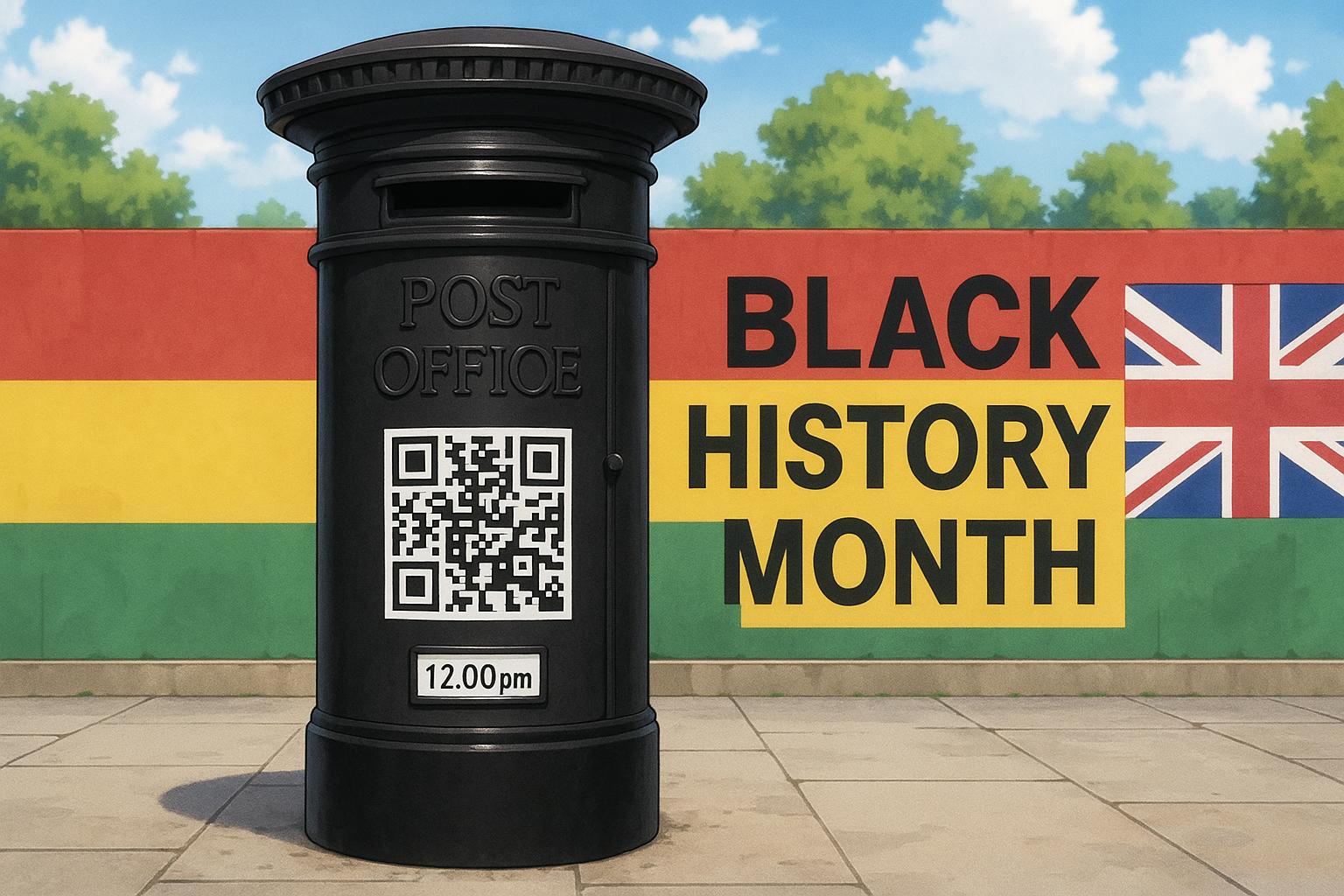The recent surge in curiosity surrounding black postboxes in the UK highlights a fascinating yet often misunderstood aspect of British postal history. For many, the sight of a black postbox elicits confusion and intrigue, particularly in contrast to the familiar red boxes ubiquitous throughout the countryside since their introduction in 1874. Initially transitioned from a green colour to improve visibility, red postboxes have since become a cultural icon. However, the presence of black postboxes often leaves observers scratching their heads, particularly as their significance isn't widely known.
These outliers in the postal landscape have prompted discussions on social media platforms, sparked by curious individuals like a Reddit user who encountered a functioning black postbox in Llanfydd, Wales. Despite extensive online searches and inquiries with the farm owner where it was located, the true purpose of this box remained elusive. The original poster speculated, “I Googled it, and it says that it's either to celebrate Black History (for a regular pillar box) or to signify that it's out of use…” The confusion surrounding such boxes stems primarily from their scarcity and the contrasting stories surrounding their use.
Typically, black postboxes signify decommissioned units, often found near former post offices or within designated conservation areas. These retired boxes are usually sealed to prevent accidental mail deliveries; however, the box in Llanfydd was notably in active use, leading to further queries about its status. An attentive commenter resolved the mystery by identifying it as a replica—a common type of decorative mailbox available for sale online. The lack of Royal Mail branding and collection tokens was a pivotal detail that clarified the misconception surrounding its legitimacy.
The conversation surrounding black postboxes has evolved, especially since 2020 when Royal Mail unveiled four specially painted black postboxes to commemorate Black History Month. These boxes, strategically placed in London, Glasgow, Cardiff, and Belfast, honour significant figures from the British Black community. In London’s Brixton, the postbox features a design by artist Yinka Shonibare, celebrating contributions to the Royal Academy’s 250th anniversary. Glasgow's box pays tribute to Walter Tull, a trailblazer as the first Black player for Rangers FC and a World War I hero. Meanwhile, Cardiff’s postbox signifies the legacy of Mary Seacole, a pioneering nurse of the Crimean War, and Belfast’s honours the comedian Sir Lenny Henry, who co-founded Comic Relief. Each of these unique postboxes features a QR code, linking passersby to an online gallery that details the rich narratives associated with these honourable figures.
While the initiative to paint postboxes black has been widely appreciated, it has not been without criticism. Some activists have contended that such efforts may come off as tokenistic, suggesting a need for a more profound and systematic approach to addressing issues that persist within Black communities. Yet, these postboxes stand as visible markers of progress and recognition, prompting further engagement with Britain’s diverse history.
As discussions continue and more individuals become aware of these black postboxes—both the retired varieties and those dedicated to celebrating significant figures—what remains evident is a growing interest in the narratives they embody. This serves as a reminder of the intertwined nature of heritage, history, and the ongoing evolution of public spaces in the UK.
Reference Map:
Source: Noah Wire Services
